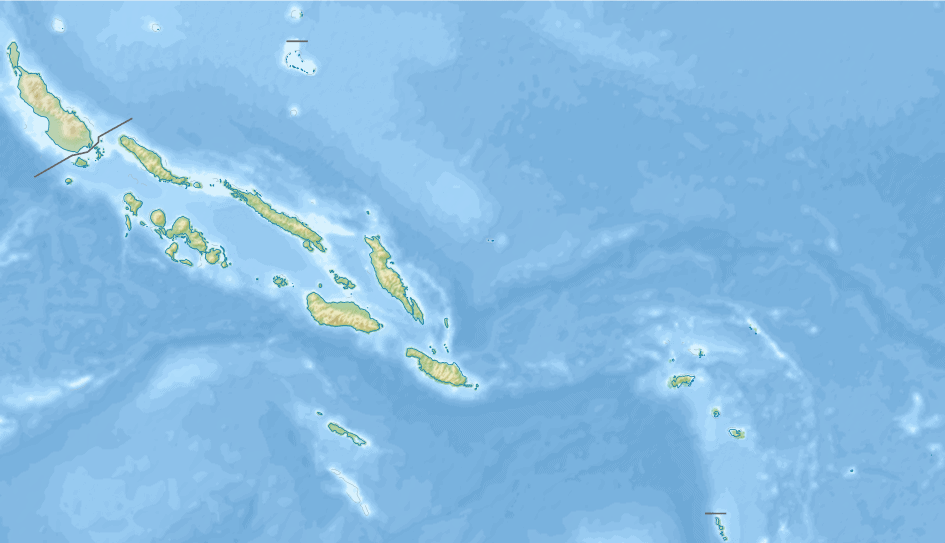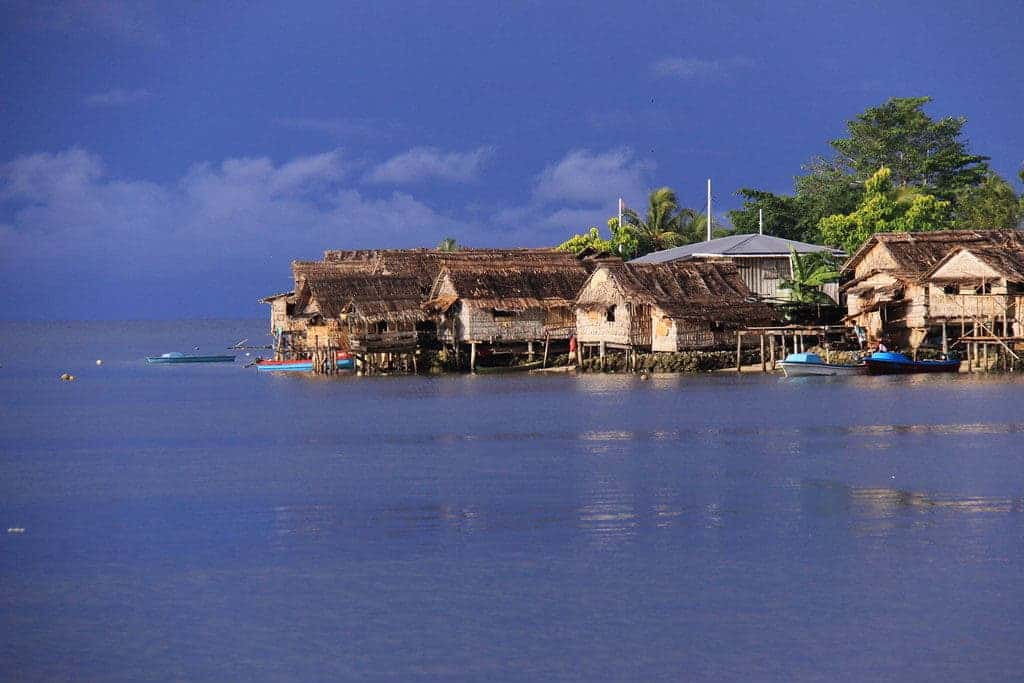A scientific study confirmed local anecdotes: sea level rise and erosion have claimed five small islands in the Pacific. A further six islands have been heavily eroded and might fall soon. While small, these islands supported rich vegetation — and some are inhabited.

Sea level rise is one of the most direct consequences of global warming. Temperatures rise, then ice starts to melt — it’s pretty straightforward (although the exact way this process unfolds is complex). Another less intuitive process caused by climate change is coastal erosion.
There are two main reasons why this happens: the first is sea-level rise, and the second is an increase in the frequency and magnitude of storm events. However, while this process has been predicted for a long time, we’ve yet to fully observe it take over an entire island — until now.
At least five reef islands in the remote Solomon Islands have been lost completely to sea-level rise and coastal erosion. The islands ranged from one to five hectares, and supported dense vegetation that was over 300 years old.
Vulnerable islands
Nuatambu Island, home to 25 families, has lost more than half of its habitable area, with 11 houses washed into the sea since 2011. Nuatambu is part of six other islands who have been heavily eroded, and are likely to also fall to the waves in the not-too-distant future.
These islands lie very close to the sea level, and any rise — even a sub-centimeter rise — can be devastating. Previous studies analyzing the average sea level rise have concluded that many islands in the Pacific can keep up with the sea level rise as they themselves are slowly rising — but that’s not the case in the Solomon Islands. For the past 20 years, the Solomon Islands have been experiencing a sea level rise of 7-10 mm per year, much higher than the global average of 3 mm per year.
In this new study, researchers used aerial and satellite imagery gathered from 1947 to 2015 to study 33 reef islands. They integrated this information with local and traditional knowledge, sea-level records, wave models, and radiocarbon dating of trees, to tell a compelling story of how sea level rise is impacting these areas.
The team found that rising seas aren’t the only factor at play — waves also have an important role. Twelve islands in a low wave energy area experienced little noticeable change in their shorelines. Meanwhile, 21 other islands, located in similar sea level rise areas, experienced much higher erosion due to higher wave energy. This is an important and often overlooked aspect, researchers say.
People are paying the price

It’s already reaching the point where people have to move because their homes are disappearing. In some cases, villages dating from 1900 or even earlier were abandoned. Sometimes, villagers are forced to take care of this on their own; in more fortunate cases, they receive support from the state. Communities are being fragmented
Sirilo Sutaroti, the 94-year-old chief of the Paurata tribe, was recently forced to abandon his village.
“The sea has started to come inland, it forced us to move up to the hilltop and rebuild our village there away from the sea,” he told the research team.
It’s a tragedy that’s unfolding before our very eyes, and these islands shouldn’t have to deal with this on their own. The problem is caused by all of us, and the developed world in particular — it’s only natural that the developed world also steps in to help. Melchior Mataki who chairs the Solomon Islands’ National Disaster Council, echoed these feelings, calling for external help:
“This ultimately calls for support from development partners and international financial mechanisms such as the Green Climate Fund. This support should include nationally driven scientific studies to inform adaptation planning to address the impacts of climate change in Solomon Islands.”
It remains to be seen whether the world will rise up to the challenge and take responsibility, or whether these communities will be left to fend for themselves.
The study has been published in Environmental Research Letters.









